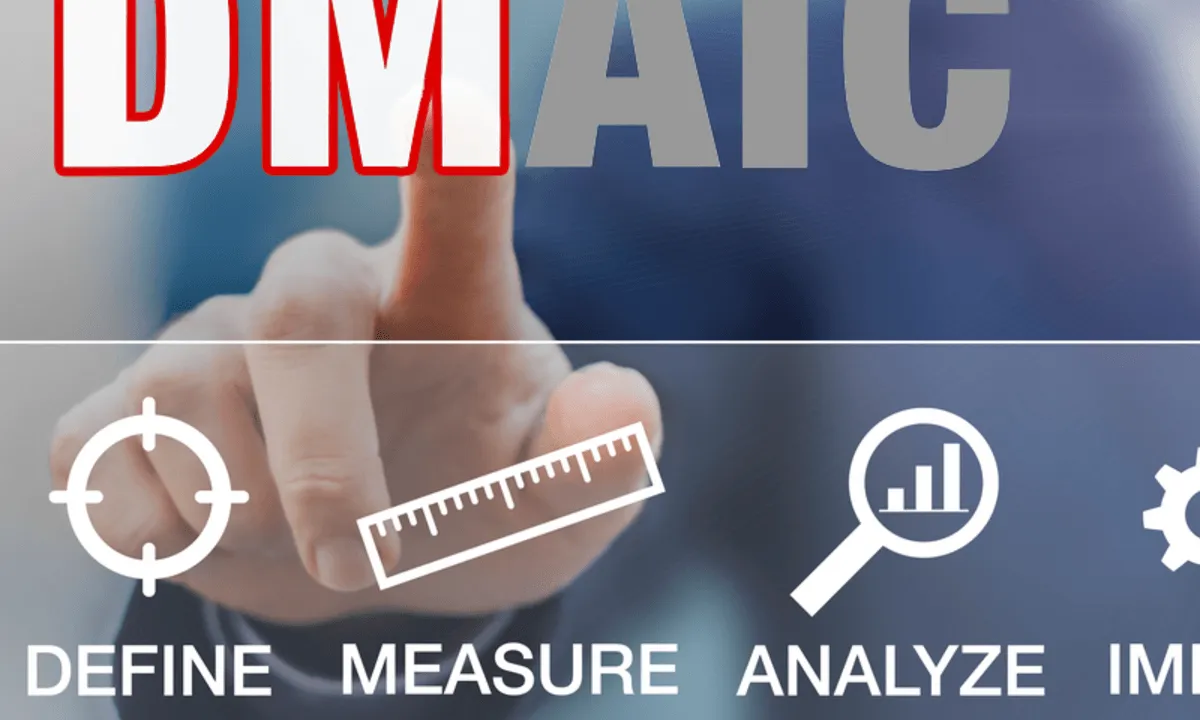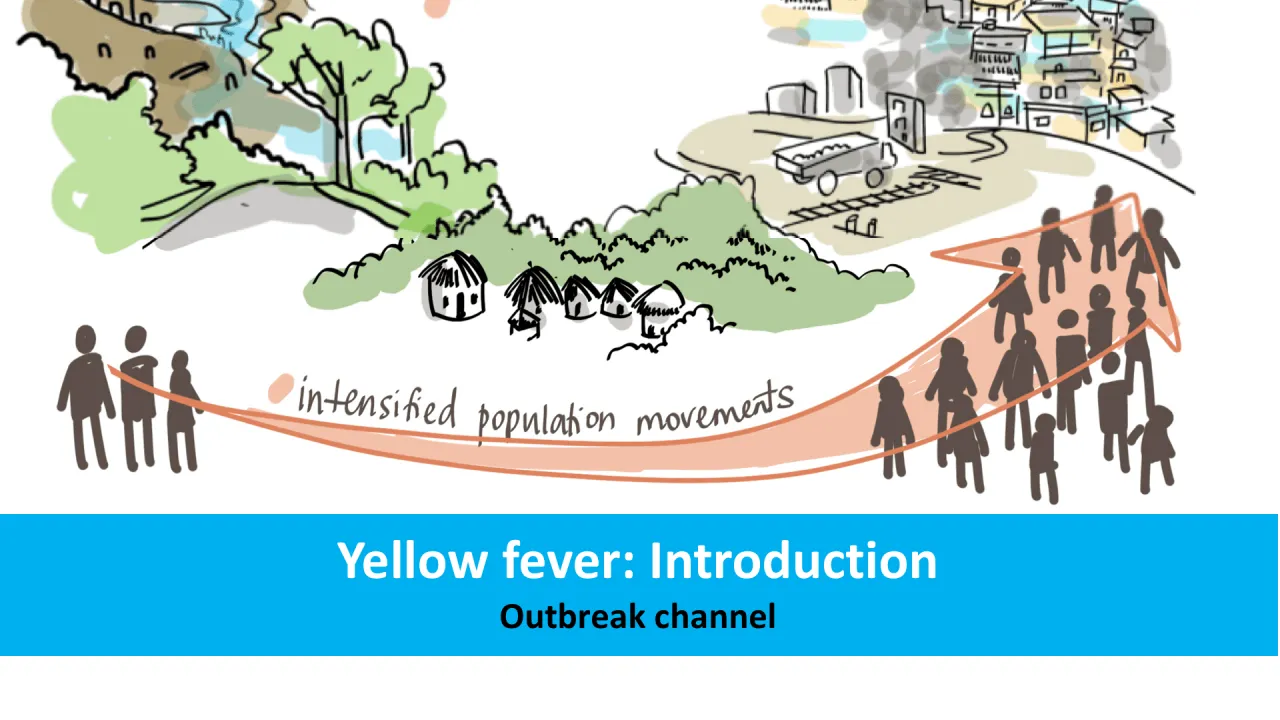
Six Sigma Advanced Define and Measure Phases 
This advanced Six Sigma course provides an in-depth exploration of the "Define" and "Measure" phases of the DMAIC structure. Participants will gain a comprehensive understanding of the principles and tools associated with Six Sigma and Lean, and how to apply them to improve business processes and performance. This course is ideal for those looking to strengthen and expand their knowledge of the green belt level of Six Sigma. ▼
ADVERTISEMENT
Course Feature
![]() Cost:
Cost:
Free
![]() Provider:
Provider:
Coursera
![]() Certificate:
Certificate:
Paid Certification
![]() Language:
Language:
English
![]() Start Date:
Start Date:
10th Jul, 2023
Course Overview
❗The content presented here is sourced directly from Coursera platform. For comprehensive course details, including enrollment information, simply click on the 'Go to class' link on our website.
Updated in [March 06th, 2023]
This course is designed to provide students with an advanced understanding of the Define and Measure phases of the DMAIC structure of Six Sigma. Students will learn about team dynamics and performance, process analysis, probability, statistics, statistical distributions, collecting and summarizing data, measurement systems analysis, process and performance capability, and exploratory data analysis. Through readings, videos, and quizzes, students will gain a comprehensive understanding of the tools and metrics that are critical components of Six Sigma. Upon completion of the course, students will have the knowledge and skills necessary to move forward in Six Sigma and eventually gain certification from professional agencies such as American Society for Quality (ASQ).
[Applications]
Upon completion of this course, participants should be able to apply the principles and tools associated with the "Define" and "Measure" phases of the DMAIC structure of Six Sigma. They should also be able to demonstrate an understanding of team dynamics and performance, process analysis, probability, statistics, statistical distributions, collecting and summarizing data, measurement systems analysis, process and performance capability, and exploratory data analysis associated with Six Sigma and Lean. Participants should be able to use the knowledge gained in this course to improve business processes and performance.
[Career Paths]
1. Six Sigma Black Belt: Six Sigma Black Belts are highly trained professionals who are responsible for leading and managing Six Sigma projects. They are expected to have a deep understanding of the DMAIC process and the tools and techniques associated with it. They are also expected to have a strong understanding of the principles of Lean and be able to apply them to their projects. As the demand for Six Sigma professionals continues to grow, the need for Black Belts is expected to increase.
2. Quality Assurance Manager: Quality Assurance Managers are responsible for ensuring that products and services meet the standards set by the company. They are expected to have a strong understanding of Six Sigma and Lean principles and be able to apply them to their work. Quality Assurance Managers are also expected to have a good understanding of the tools and techniques associated with Six Sigma and Lean and be able to use them to improve processes and performance.
3. Process Improvement Consultant: Process Improvement Consultants are responsible for helping organizations identify and implement process improvements. They are expected to have a strong understanding of Six Sigma and Lean principles and be able to apply them to their work. Process Improvement Consultants are also expected to have a good understanding of the tools and techniques associated with Six Sigma and Lean and be able to use them to improve processes and performance.
4. Data Analyst: Data Analysts are responsible for analyzing data to identify trends and patterns. They are expected to have a strong understanding of Six Sigma and Lean principles and be able to apply them to their work. Data Analysts are also expected to have a good understanding of the tools and techniques associated with Six Sigma and Lean and be able to use them to improve processes and performance. As the demand for data-driven decision making increases, the need for Data Analysts is expected to grow.
[Education Paths]
Recommended Degree Paths:
1. Bachelor of Science in Quality Assurance: This degree program provides students with the knowledge and skills to become successful quality assurance professionals. Students learn about quality assurance principles, process improvement, and statistical analysis. They also gain experience in problem-solving, data analysis, and project management. This degree is becoming increasingly popular as businesses strive to improve their processes and products.
2. Master of Science in Quality Management: This degree program provides students with the advanced knowledge and skills to become successful quality management professionals. Students learn about quality management principles, process improvement, and statistical analysis. They also gain experience in problem-solving, data analysis, and project management. This degree is becoming increasingly popular as businesses strive to improve their processes and products.
3. Master of Science in Six Sigma: This degree program provides students with the advanced knowledge and skills to become successful Six Sigma professionals. Students learn about Six Sigma principles, process improvement, and statistical analysis. They also gain experience in problem-solving, data analysis, and project management. This degree is becoming increasingly popular as businesses strive to improve their processes and products.
4. Doctor of Philosophy in Quality Management: This degree program provides students with the highest level of knowledge and skills to become successful quality management professionals. Students learn about quality management principles, process improvement, and statistical analysis. They also gain experience in problem-solving, data analysis, and project management. This degree is becoming increasingly popular as businesses strive to improve their processes and products.
Course Syllabus
Yellow Belt Refresher - Team Basics
This module is a Yellow Belt Refresher Area, since some learners may have entered this course without having taken the previous yellow belt material. This refresher area does not serve as a "replacement" for taking the yellow belt specialization. It is only a "patch" for those who already have some knowledge of six sigma, but find the yellow belt specialization to be too introductory for their current situation. If you find yourself struggling with the green belt material in this course, it is highly recommended that you travel through the yellow belt specialization before attempting the green belt content. In this module you will learn about team development, different types of teams, tools for decision making, and tools for communication.Process Analysis and Documentation
In this module you will learn the application of process maps and flow charts swim lane. You will also about the application of: written procedures and works instructions, CEDAC, the Pareto diagram, and the relationship matrix.Probability and Statistics - pt1
In this module, you will learn how mutually-exclusive events and independent events relate to probability. You will also learn how to solve basic probability problems, including those that require the addition, multiplicative, and conditional rules of probability.Probability and Statistics - pt2
In this module, you will learn how to solve probability problems related to combinations and permutations. You will also learn about central limit theorem and how to apply it to the concept of confidence intervals. This module also touches on descriptive and inferential statistics.Statistical Distribution
In this module, you will learn about the basic characteristics of probability distributions. You will also learn about binomial, normal, Poisson, t-, chi-square, and F-distributions.COLLECTING AND SUMMARIZING DATA & MEASURING SYSTEM ANALYSIS
In this module, you will learn the different types and sources of data. You will also learn: how to classify groups of data for descriptive statistics analysis, different ways to graphically display data, how to express the importance of measurement systems analysis, and the difference between precision and accuracy. This module also begins with a Yellow Belt Refresher Area, since some learners may have entered this course without having taken the previous yellow belt material. This refresher area does not serve as a "replacement" for taking the yellow belt material. It is only a "patch" for those who already have some knowledge of six sigma, but find the yellow belt specialization to be too introductory for their current situation. If you find yourself struggling with the green belt material in this course, it is highly recommended that you travel through the yellow belt specialization before attempting the green belt content.PROCESS AND PERFORMANCE CAPABILITY & EXPLORATORY DATA ANALYSIS
In this module, you will learn how to use statistical tools and analyze data, including skills like: how to distinguish between natural process limits and specification limits, how to calculate the value of Cp and Ck, how to deal with process capability studies. This module also addresses multi-vari studies, the the correlation coefficient, and linear regression.Pros & Cons

Repetitive courses and clear sequences of modules.

Helps use excel for statistics.

Materials are reasonable.

Friendly course.

Includes everything needed in measure phase.

Good theoretical and practical content.

Very helpful.

Lack of practice examples.

Dense content for exam preparation.

Formulas not displayed.

Too much focus on statistics.
Course Provider

Provider Coursera's Stats at AZClass
Discussion and Reviews
0.0 (Based on 0 reviews)
Explore Similar Online Courses

Childhood in the digital age

Children and young people: food and food marketing

Python for Informatics: Exploring Information

Social Network Analysis

Introduction to Systematic Review and Meta-Analysis

The Analytics Edge

DCO042 - Python For Informatics

Causal Diagrams: Draw Your Assumptions Before Your Conclusions

Whole genome sequencing of bacterial genomes - tools and applications

Six Sigma

Yellow fever: Introduction (English&Kanuri)

Six Sigma Training & Methodology
 Related Categories
Related Categories
 Popular Providers
Popular Providers
Quiz
 Submitted Sucessfully
Submitted Sucessfully
1. What is the recommended prerequisite for this course?
2. What is the purpose of this course?
3. What is included in the registration?


Start your review of Six Sigma Advanced Define and Measure Phases